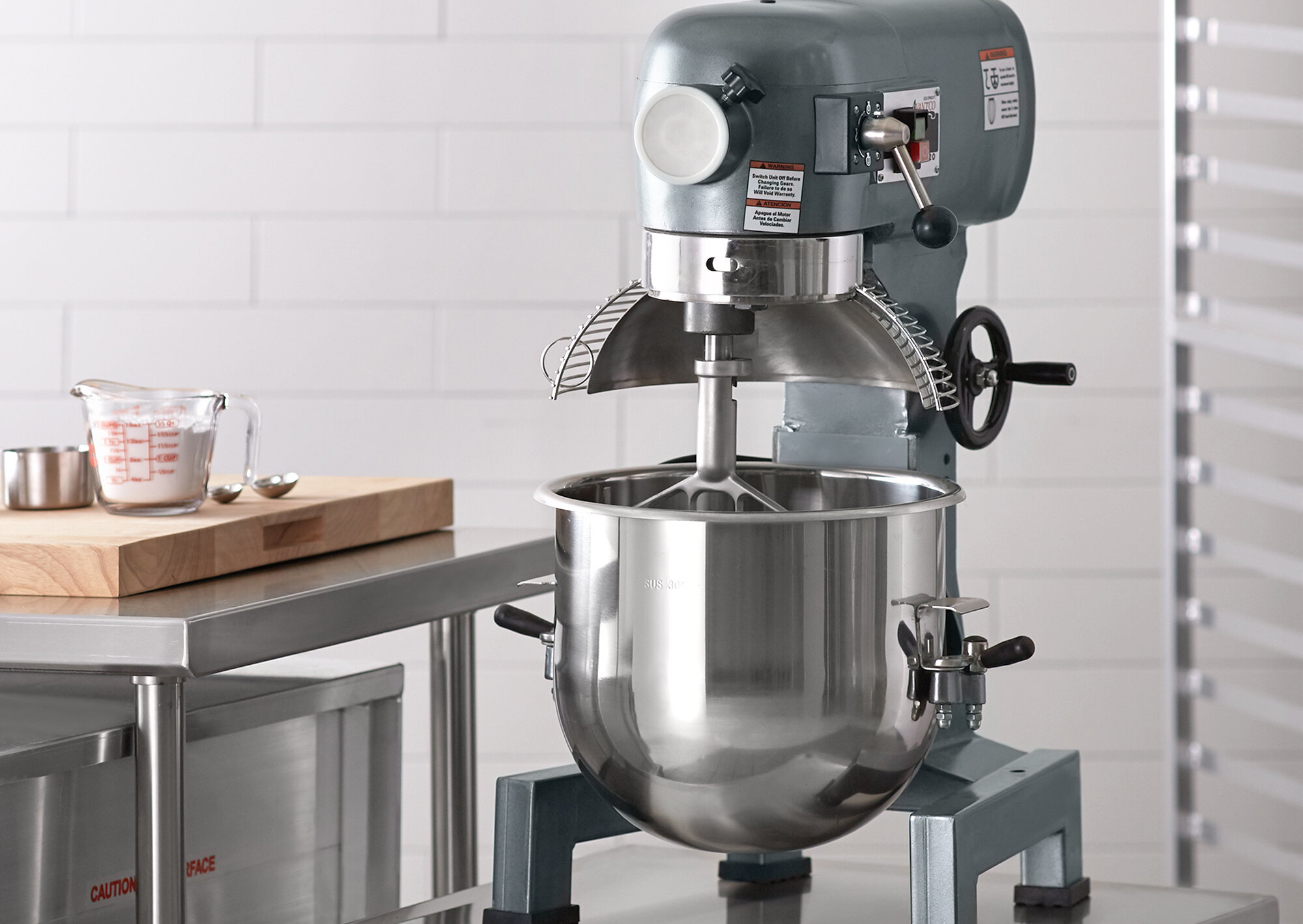

Articles
What Is A Mixer
Modified: October 20, 2024
Learn about mixers and their functionality in this informative article. Discover the different types of mixers and their applications in diverse industries.
(Many of the links in this article redirect to a specific reviewed product. Your purchase of these products through affiliate links helps to generate commission for Storables.com, at no extra cost. Learn more)
Introduction
In the world of cooking and baking, a mixer is an indispensable tool that helps simplify and streamline the process of combining ingredients. Whether you’re a professional chef or a home cook, having a mixer in your arsenal can make a world of difference in the outcome of your culinary creations. From whipping up fluffy meringues to kneading dough for fresh homemade bread, a mixer is a versatile appliance that can handle a wide range of tasks.
A mixer, as the name suggests, is a kitchen appliance used to mix, beat, and blend ingredients together. It saves time and effort by automating the process of mixing and ensures consistent results. With multiple attachments and speeds, mixers are capable of performing various functions, from whisking eggs and creaming butter to kneading dough and blending batters.
Mixers come in a variety of sizes, styles, and functionalities to suit different needs and preferences. From handheld mixers to stand mixers, there’s a mixer out there for every type of cooking enthusiast. The advancement of technology has also brought about innovative features that make mixers more efficient and user-friendly.
In this article, we’ll take a closer look at the definition and functions of a mixer, the different types available in the market, the key components that make up a mixer, how it works, common uses, and tips for choosing the right mixer for your needs.
Whether you’re a professional chef looking for an upgrade or a novice baker just starting out, understanding the ins and outs of mixers will help you make informed decisions and enhance your culinary skills. So, let’s dive in and explore the fascinating world of mixers!
Key Takeaways:
- Mixers are versatile kitchen appliances that simplify and enhance the process of mixing, blending, and incorporating ingredients, making them invaluable tools for both professional chefs and home cooks.
- When choosing a mixer, consider your cooking and baking needs, motor power, versatility, speed settings, bowl size and type, ease of use and cleaning, brand reputation, and budget to ensure an enjoyable and reliable mixing experience.
Read more: What Is A Paddle For Mixer
Definition of a Mixer
A mixer is a kitchen appliance designed to combine, blend, and mix ingredients together in a controlled manner. It is a versatile tool that can handle a wide range of tasks, from whipping up creamy desserts to kneading dough for fresh bread. Mixers are essential for anyone who loves to cook or bake, as they simplify the process of preparing various recipes and ensure consistent results every time.
The primary function of a mixer is to mix ingredients thoroughly and evenly. Whether you’re making a cake batter, whipping cream, or kneading dough, a mixer can do the job more efficiently than manual mixing. It saves time and effort while ensuring that all ingredients are properly incorporated.
Mixers come with different speed settings, allowing you to control the intensity of mixing according to the recipe’s requirements. This flexibility helps achieve the desired texture, whether it’s beating egg whites to stiff peaks or gently folding delicate ingredients into a batter.
Another essential feature of mixers is their attachments. These can include beaters, whisks, and dough hooks, which can be interchanged to perform different functions. Beaters are perfect for incorporating air into mixtures, such as whipping cream or mixing cake batter. Whisks are ideal for aerating liquid ingredients, like eggs or meringue. Dough hooks, on the other hand, are designed to knead bread dough for perfectly elastic and well-developed gluten.
Mixers can be categorized into two main types: handheld mixers and stand mixers. Handheld mixers are generally more compact and portable, allowing for easy handling and storage. They are an excellent choice for light to medium mixing tasks and are suitable for smaller kitchens with limited counter space.
Stand mixers, on the other hand, are larger appliances that come with a stand or base and a detachable mixing bowl. They are designed to handle heavier and more demanding mixing tasks, such as kneading stiff dough or mixing large batches of batter. Stand mixers are the preferred choice for professional chefs or avid bakers who often tackle complex recipes and frequently need to mix in large quantities.
In summary, a mixer is a kitchen appliance that simplifies the process of mixing, blending, and incorporating ingredients together. It offers precise control, time-saving convenience, and consistent results. Whether you’re a beginner cook or a seasoned chef, having a mixer in your kitchen is a game-changer that can elevate your culinary skills to new heights.
Functions of a Mixer
Mixers are versatile kitchen appliances that offer a wide range of functions to simplify and enhance your cooking and baking endeavors. Here are some of the key functions that a mixer can perform:
- Mixing: As the primary function, mixers excel at thoroughly combining ingredients. Whether you’re making batters for cakes, cookies, or pancakes, a mixer ensures that all components are evenly distributed, resulting in a consistent texture and taste.
- Beating: When it comes to making light and fluffy mixtures, beaters are an accessory you’ll frequently use. They whisk air into the mixture, creating the desired airy texture. From whipping cream to beating egg whites for meringue or marshmallows, a mixer will save you time and effort.
- Kneading: Dough hooks are attachments specifically designed for kneading dough. They help develop gluten in bread dough, yielding a sturdy yet elastic texture. Whether you’re making homemade bread or pizza dough, a mixer with dough hooks will make the kneading process effortless.
- Whipping: Mixers equipped with whisk attachments are perfect for whipping ingredients that need aeration. Whisking incorporates air, resulting in light, fluffy mixtures. This function is essential for making meringues, whipped cream, mousses, and soufflés.
- Creaming: Creaming refers to a mixing technique used to blend butter and sugar until light and fluffy. A mixer with paddle attachments makes this process quick and effortless. Creaming is often the first step in many baking recipes, such as cookies, cakes, and frostings.
- Emulsifying: Emulsifying involves blending two or more ingredients that typically do not mix well together, such as oil and vinegar. Mixers equipped with emulsifier attachments can quickly create stable emulsions, like salad dressings or mayonnaise.
With different speed settings and attachments, mixers can adapt to various recipes and achieve the desired results. The ability to perform multiple functions makes mixers a versatile tool in the kitchen, helping you tackle a wide array of cooking and baking tasks with ease and efficiency.
Types of Mixers
Mixers come in various types, each offering unique features and functionalities to suit different culinary needs and preferences. Here are the main types of mixers:
- Handheld Mixers: Handheld mixers, also known as electric beaters, are compact and versatile. They are held by hand and can be easily maneuvered around the mixing bowl. Handheld mixers are ideal for light to medium mixing tasks, such as beating eggs, whisking batters, or blending small quantities of ingredients. They are portable, easy to store, and often the more budget-friendly option for home cooks.
- Stand Mixers: Stand mixers, as the name suggests, are freestanding appliances that come with a stand or base to support the mixing bowl. These mixers are larger and more powerful than handheld ones, making them capable of handling heavier mixing tasks. Stand mixers typically have multiple speed settings and come with various attachments, such as beater, whisk, and dough hook. They are perfect for kneading dough, mixing large batches of batter, and tackling more complex recipes. Stand mixers are a popular choice among professional chefs and avid bakers due to their durability and versatility.
- Commercial Mixers: Commercial mixers are heavy-duty mixers designed for commercial kitchens and establishments that require higher capacity and durability. These mixers have even more powerful motors and can handle continuous use, making them suitable for busy bakeries, pastry shops, and restaurants. They are available in both planetary and spiral models, with the latter being specifically designed for heavy-duty dough mixing.
- Hand Mixers with Stand: This type of mixer combines the convenience of a handheld mixer with a sturdy stand. It allows you to use the mixer as a handheld device or secure it onto the stand for hands-free operation. This is an excellent option if you’re looking for the flexibility of both handheld and stand mixers.
- Immersion Blender: While not technically a mixer, immersion blenders are worth mentioning as they can perform mixing functions. Also known as stick blenders, immersion blenders are handheld devices that can blend and puree ingredients directly in the pot or bowl. They are ideal for making soups, sauces, and smoothies. Some immersion blenders also come with attachments, such as whisking or chopping blades, further expanding their functionality.
Choosing the right type of mixer depends on your cooking needs, kitchen space, and budget. Consider the frequency and intensity of your mixing tasks, the volume of ingredients you typically handle, and the features you prioritize. Whether you opt for a handheld mixer for occasional use or invest in a robust stand mixer for professional-grade performance, having a mixer in your kitchen will greatly enhance your culinary adventures.
Components of a Mixer
Mixers are composed of various components that work together to ensure efficient and effective mixing. Understanding the different parts of a mixer can help you make informed decisions when choosing a mixer and troubleshoot any issues that may arise during use. Here are the key components of a mixer:
- Motor: The motor is the powerhouse of the mixer. It generates the necessary power to drive the mixing attachments and perform the mixing functions. The motor’s strength and wattage determine the mixer’s overall performance and capacity to handle different mixing tasks. Higher wattage motors are generally more powerful and can handle heavier mixing tasks.
- Mixing Bowl: The mixing bowl is where the ingredients are placed for mixing. It can be made of various materials such as stainless steel, glass, or plastic. The size of the mixing bowl varies depending on the mixer model and can range from smaller bowls for handheld mixers to larger bowls for stand mixers. Some mixing bowls come with handles or pouring spouts for easier handling.
- Attachments: Mixers come with different attachments that can be interchanged to perform various functions. The most common attachments include beaters, whisks, and dough hooks. Beaters are typically used for general mixing tasks, such as combining batters or creaming butter and sugar. Whisks are ideal for whipping cream, egg whites, or light batters. Dough hooks are specifically designed for kneading dough and are necessary for bread and pizza recipes.
- Speed Control: Mixers usually have multiple speed settings to provide flexibility and control during mixing. The speed control dial or buttons allow you to adjust the mixer’s speed according to the recipe’s requirements. Lower speeds are suitable for gentle mixing, while higher speeds are used for faster beating or kneading. Additionally, some mixers have a pulse function that provides short bursts of intense mixing.
- Head or Stand: In stand mixers, there is a head that holds the motor and attachments while providing stability and support. The head can be lifted or tilted for easy access to the mixing bowl and attachment removal. Some stand mixers also have a locking mechanism to secure the head in place during operation. Handheld mixers, on the other hand, do not have a separate head and are directly gripped by hand.
- Control Panel or Switches: The control panel or switches are located on the mixer’s body and allow you to power the mixer on and off, activate specific functions, and adjust the speed settings. Some mixers have additional buttons or controls for extra features, such as a timer or programmable settings.
- Base or Stand: Stand mixers are equipped with a base or stand that provides stability and support for the mixing bowl and head. The base often houses the motor and contains additional features like the control panel and power cord storage. It typically has non-slip feet to prevent the mixer from moving during operation.
Understanding the various components of a mixer can help you make the most of its features and capabilities. When choosing a mixer, consider the quality and durability of its components, as they impact the mixer’s overall performance and longevity. By selecting a mixer with sturdy attachments, a powerful motor, and convenient controls, you’ll be equipped with a reliable tool for all your mixing needs.
When using a mixer, start at a low speed to prevent splattering and gradually increase the speed as needed. This will help to evenly mix ingredients without making a mess.
Read more: What Is Good Mixer
How a Mixer Works
Mixers are ingeniously designed appliances that utilize a combination of power, attachments, and mechanisms to perform their mixing functions. Understanding how a mixer works can give you insight into the inner workings of this essential kitchen tool. Here is a simplified breakdown of how a mixer operates:
The heart of a mixer is its motor, which is responsible for providing the power required for mixing. When you turn on the mixer using the control panel or switches, an electrical current is sent to the motor. The motor converts this electrical energy into mechanical energy, powering the movement of the mixer’s attachments.
The attachments, such as beaters, whisks, or dough hooks, are inserted into the appropriate slots on the mixer. These attachments are connected to the motor and rotate when the mixer is in operation. The speed control dial or buttons on the mixer allow you to adjust the speed of the attachments, depending on the recipe requirements.
As the attachments rotate, they come into contact with the ingredients in the mixing bowl. The shape and positioning of the attachments, coupled with their movement, create a mixing action within the bowl. This action ensures that the ingredients are thoroughly combined and blended.
For example, using the beater attachment, the mixer’s rotating motion pushes the ingredients towards the center of the bowl. This movement effectively mixes the ingredients together, creating a homogeneous mixture. The speed at which the attachments rotate determines the intensity of the mixing action. Higher speeds create more vigorous mixing, while lower speeds are gentler.
In the case of dough hooks, their unique design allows them to knead dough. As the hooks rotate, they stretch and fold the dough, developing gluten and creating a smooth and elastic texture. This process is crucial for bread and pastry recipes that require well-developed gluten for structure and rise.
Additionally, mixers often feature a planetary mixing action. This means that while the attachments rotate, they also move around the bowl in an elliptical pattern. This planetary motion ensures that the attachments cover the entire surface of the bowl, leading to more thorough and even mixing.
Some mixers also include special features like a timer or a pulse function. A timer allows you to set a specific mixing duration, ensuring precise results and preventing overmixing. The pulse function provides short bursts of intense mixing, ideal for incorporating stubborn ingredients or achieving a specific texture.
Overall, mixers are a testament to both engineering and culinary ingenuity. Their seamless combination of power, attachments, and mechanisms simplifies the process of mixing ingredients and elevates the efficiency and precision of your culinary endeavors. So, the next time you use a mixer, take a moment to appreciate its intricate workings as it effortlessly brings your recipes to life.
Common Uses of Mixers
Mixers are versatile kitchen appliances that can tackle a wide range of cooking and baking tasks. Their ability to mix, blend, and incorporate ingredients makes them indispensable tools for any aspiring chef or home cook. Here are some common uses of mixers:
- Baking: Mixers are a baker’s best friend. They excel at creating smooth, homogenous mixtures for cakes, cookies, bread, and pastries. From combining dry ingredients to creaming butter and sugar, mixers ensure even distribution and precise incorporation of ingredients. They make the baking process more efficient and result in consistent, delectable treats.
- Whipping Cream: When it’s time to whip up some fluffy whipped cream for a dessert topping or filling, a mixer is essential. With the whisk attachment, mixers quickly incorporate air into the cream, resulting in a light and airy texture. The controlled speed settings allow you to achieve the desired consistency—whether it’s soft peaks for topping a slice of pie or stiff peaks for decorating a cake.
- Preparing Batter: Mixers are perfect for creating various batters, such as pancake batter, waffle batter, or crepe batter. They efficiently combine wet and dry ingredients, ensuring a smooth and consistent mixture. The right mixing speed avoids overmixing, resulting in tender and light-textured batter.
- Kneading Dough: Making bread or pizza dough can be a laborious task, but mixers with dough hook attachments make it a breeze. The hook attachment effectively kneads the dough, developing gluten and producing a smooth and elastic texture. This saves time and effort compared to kneading by hand, especially when dealing with larger quantities.
- Whipping Egg Whites: Whipping egg whites to stiff peaks is crucial for delicate desserts like soufflés or meringues. A mixer with a whisk attachment rapidly beats air into the egg whites, achieving the desired fluffy and voluminous texture. The controlled speed settings enable precise control over the whipping process, ensuring perfectly whipped egg whites every time.
- Mixing Beverages: Mixers aren’t just for baking and cooking. They can also be used to mix beverages like smoothies, milkshakes, or protein shakes. The powerful motor and blending attachments effortlessly combine ingredients, creating smooth and well-incorporated beverages in no time.
These are just a few examples of the many ways mixers can be used in the kitchen. From baking to beverage preparation, mixers streamline the mixing process, save time and effort, and deliver consistent results. Whether you’re a professional chef, an enthusiastic home cook, or a baking enthusiast, a mixer is an invaluable tool that enhances your culinary creations and helps you unleash your creativity in the kitchen.
Tips for Choosing a Mixer
Choosing the right mixer for your needs can greatly enhance your cooking and baking experiences. With so many options available in the market, it can be overwhelming to make a decision. Here are some essential tips to consider when choosing a mixer:
- Consider Your Cooking and Baking Needs: Think about the types of recipes you frequently make or plan to make. Consider the volume of ingredients you typically handle and the intensity of mixing tasks. If you often bake large batches of bread or cakes, a powerful stand mixer with a large capacity may be more suitable. For lighter mixing tasks or if you have limited storage space, a handheld mixer may be a better choice.
- Motor Power: The motor’s power is an important factor to consider when selecting a mixer. Look for mixers with sufficient wattage to handle the type of mixing tasks you regularly perform. Higher wattage motors tend to be more powerful and are better equipped to handle heavier doughs and more intense mixing tasks.
- Attachments and Versatility: Check what attachments are included with the mixer or are available as optional extras. Most mixers come with beaters, whisks, and dough hooks, but some models offer additional attachments like pasta makers or juicers. Opt for a mixer that offers versatility and comes with attachments that align with your cooking needs.
- Speed Settings: Look for a mixer with multiple speed settings, including a slow speed for gentle mixing and a high speed for more vigorous tasks. This allows you to have greater control over the mixing process and achieve the desired results for various recipes.
- Bowl Size and Type: Consider the size and material of the mixing bowl. A larger bowl is preferable when working with bigger quantities, while a smaller bowl is suitable for smaller batches. Stainless steel bowls are durable and easy to clean, while glass bowls provide transparency and are microwave-safe. Plastic bowls can be lightweight and less prone to breaking.
- Ease of Use and Cleaning: Look for a mixer that is user-friendly with intuitive controls and comfortable grip handles. Detachable attachments and dishwasher-safe parts can make cleaning a breeze. Additionally, consider the weight of the mixer, especially if you plan to move or store it frequently.
- Brand Reputation and Customer Reviews: Research the reputation of the brand and read customer reviews to get insights into the mixer’s performance, reliability, and durability. Pay attention to feedback regarding noise level, motor power, and overall satisfaction.
- Budget: Set a budget range that aligns with your requirements and stick to it. Mixers come in a wide price range, so consider what features are important to you and invest accordingly. Remember that a high-quality mixer can be a long-term investment and provide years of reliable performance.
By keeping these tips in mind, you’ll be able to choose a mixer that suits your cooking and baking needs, offers versatility, and provides a pleasant and efficient mixing experience. Whether you’re a professional chef or a passionate home cook, a well-chosen mixer will be a trusty companion in your culinary adventures.
Conclusion
In conclusion, mixers are invaluable kitchen appliances that simplify and enhance the process of mixing, blending, and incorporating ingredients. Whether you’re a professional chef or a home cook, having a mixer in your kitchen can save you time and effort while ensuring consistent and precise results.
We explored the definition and functions of mixers, learning that they can mix, beat, whip, knead, and even emulsify ingredients. Mixers come in different types, including handheld mixers, stand mixers, and commercial mixers, each offering unique features and capacities to cater to specific needs and preferences.
Understanding the components and how a mixer works helps us appreciate the engineering behind them. The motor powers the attachments, which rotate and mix ingredients in the bowl. The speed control allows for precise adjustments to achieve the desired texture and consistency.
There are numerous common uses of mixers, including baking, whipping cream, kneading dough, and creating batter or beverages. Mixers streamline these processes, making them easier, more efficient, and resulting in consistent and delicious outcomes.
When choosing a mixer, it’s important to consider your cooking and baking needs, motor power, versatility, speed settings, bowl size and type, ease of use and cleaning, brand reputation, and budget. By keeping these factors in mind, you can select a mixer that meets your requirements and provides an enjoyable and reliable mixing experience.
In the end, whether you’re a seasoned chef or a novice cook, investing in a high-quality mixer is a decision that can elevate your culinary endeavors. From whipping up fluffy meringues to creating perfectly kneaded dough, a mixer is an essential tool that empowers you to explore and experiment with a wide array of recipes and culinary creations.
Frequently Asked Questions about What Is A Mixer
Was this page helpful?
At Storables.com, we guarantee accurate and reliable information. Our content, validated by Expert Board Contributors, is crafted following stringent Editorial Policies. We're committed to providing you with well-researched, expert-backed insights for all your informational needs.
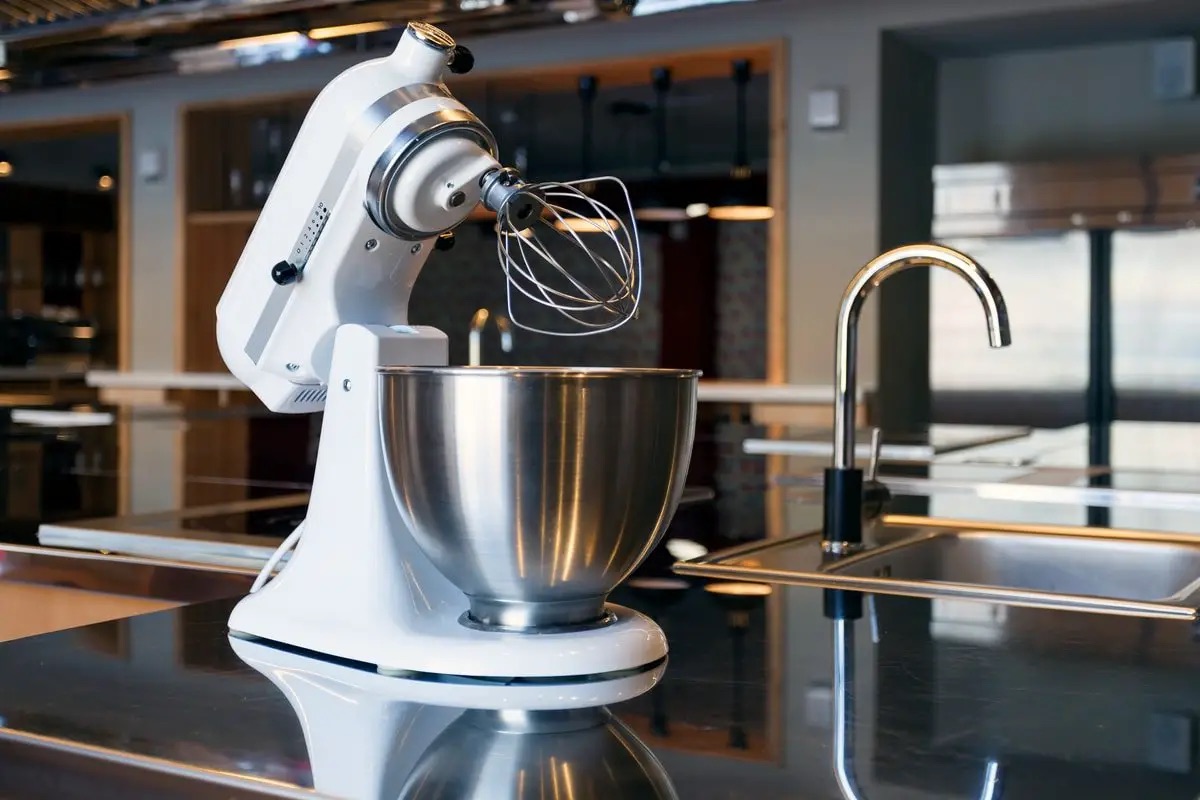
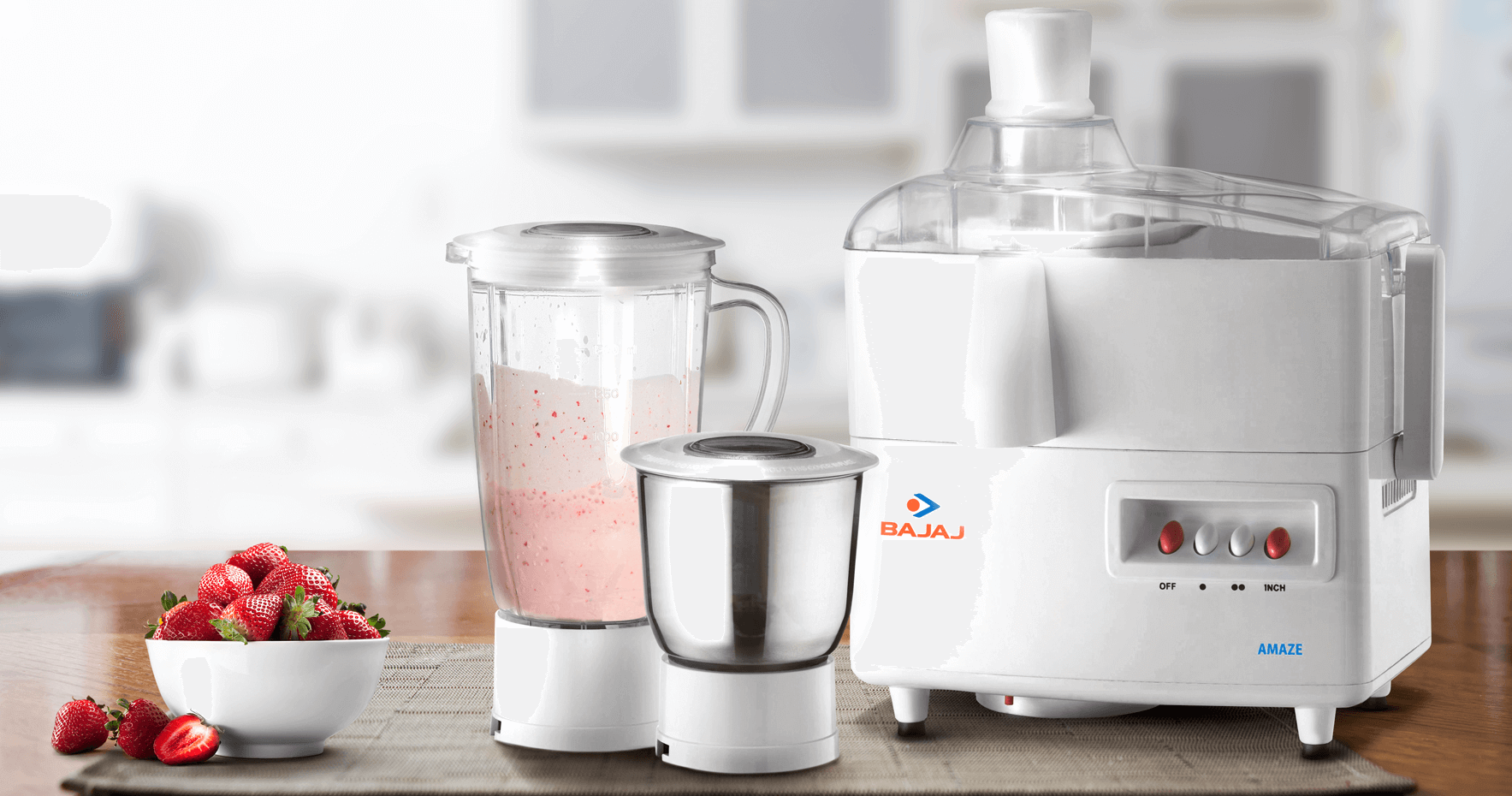
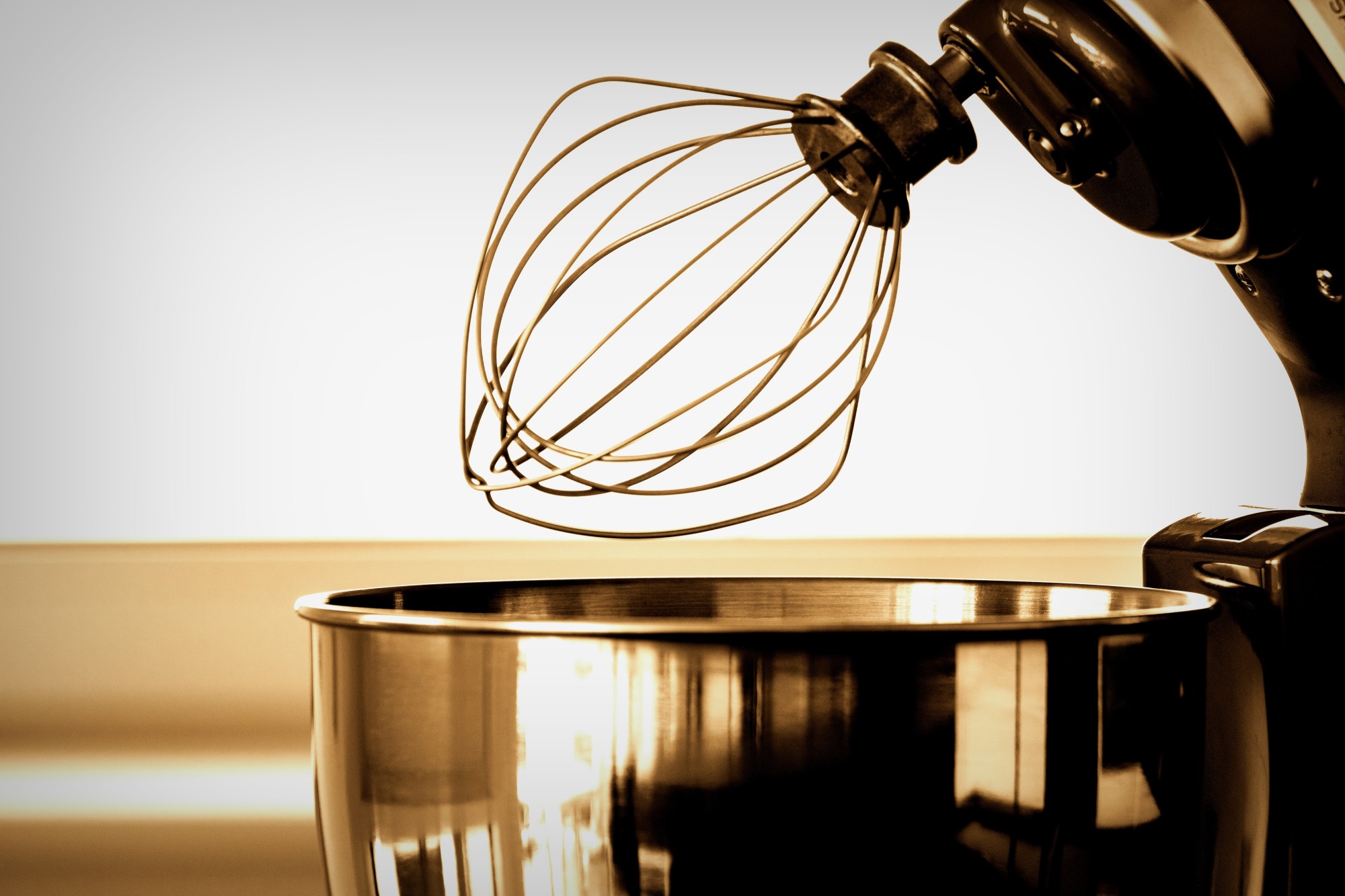
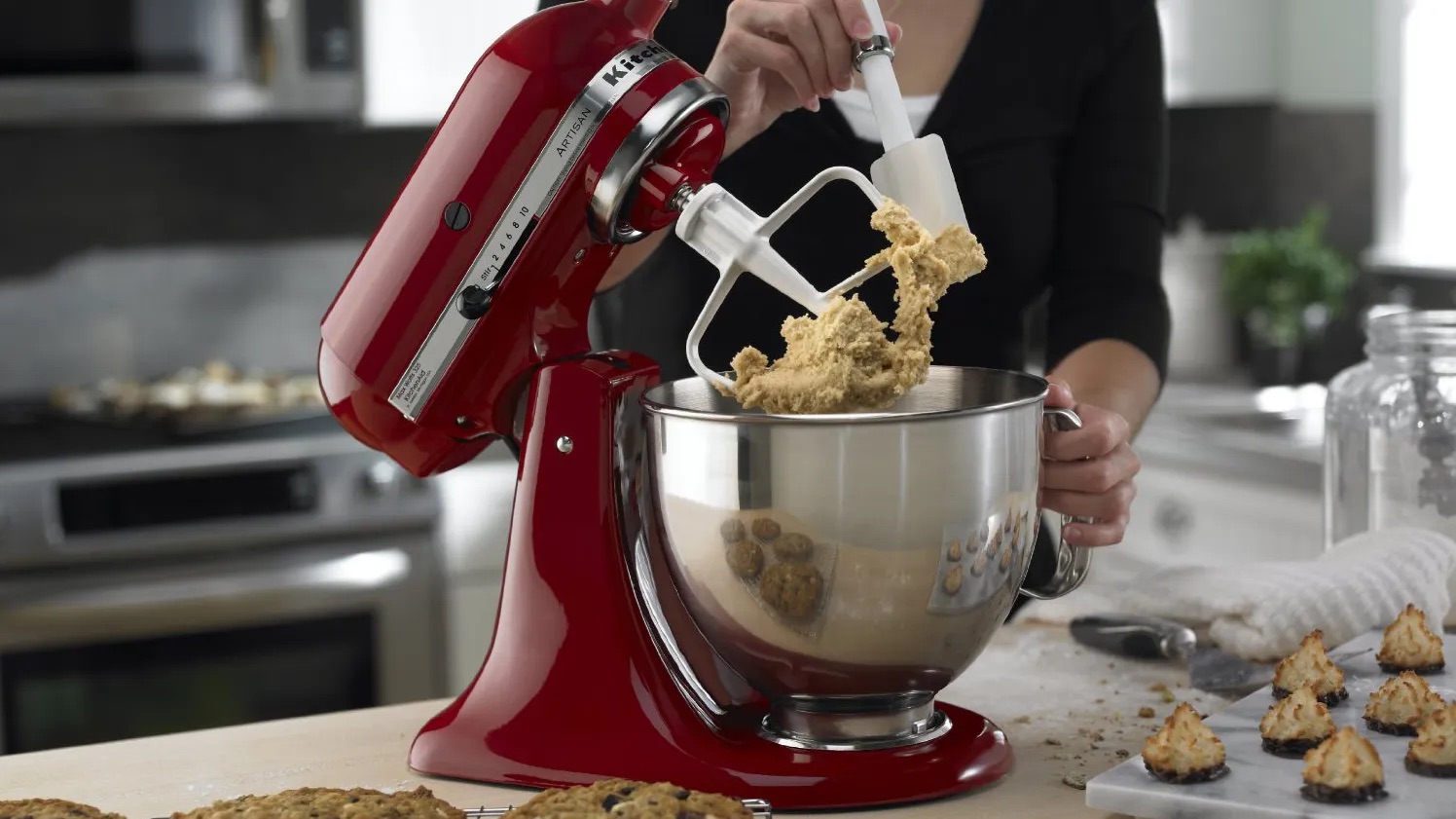
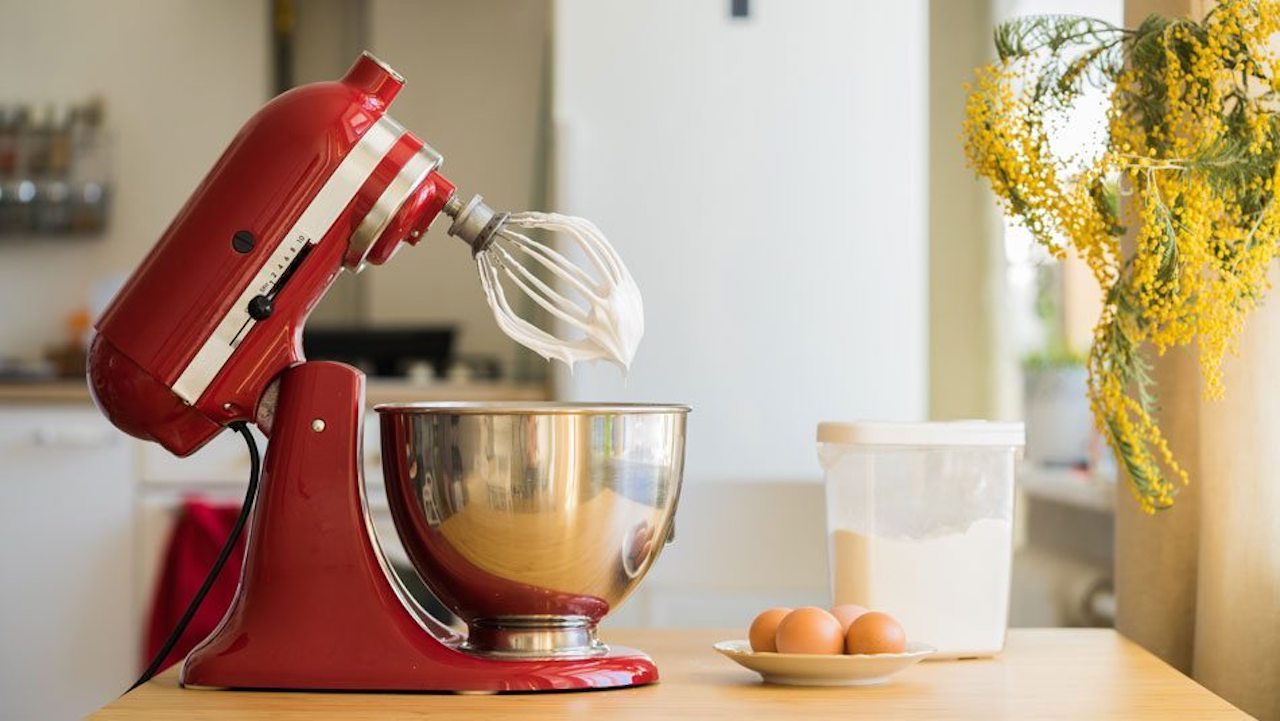
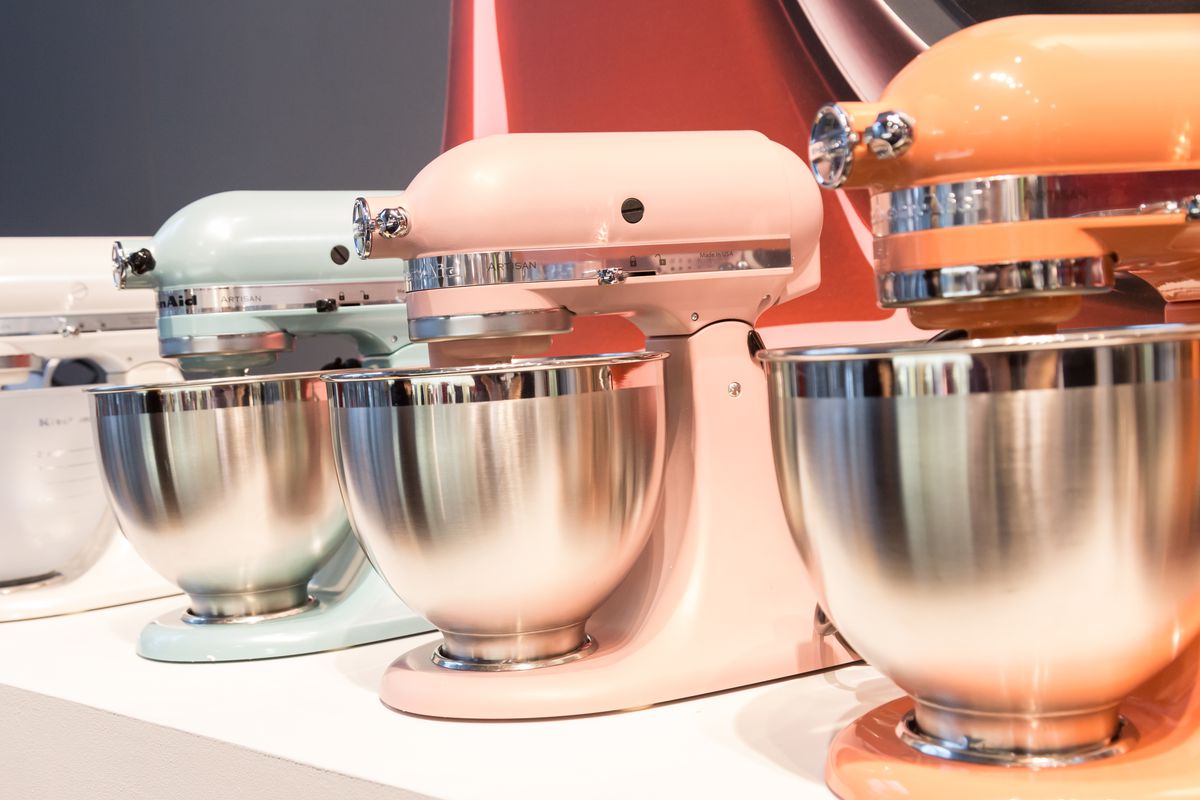
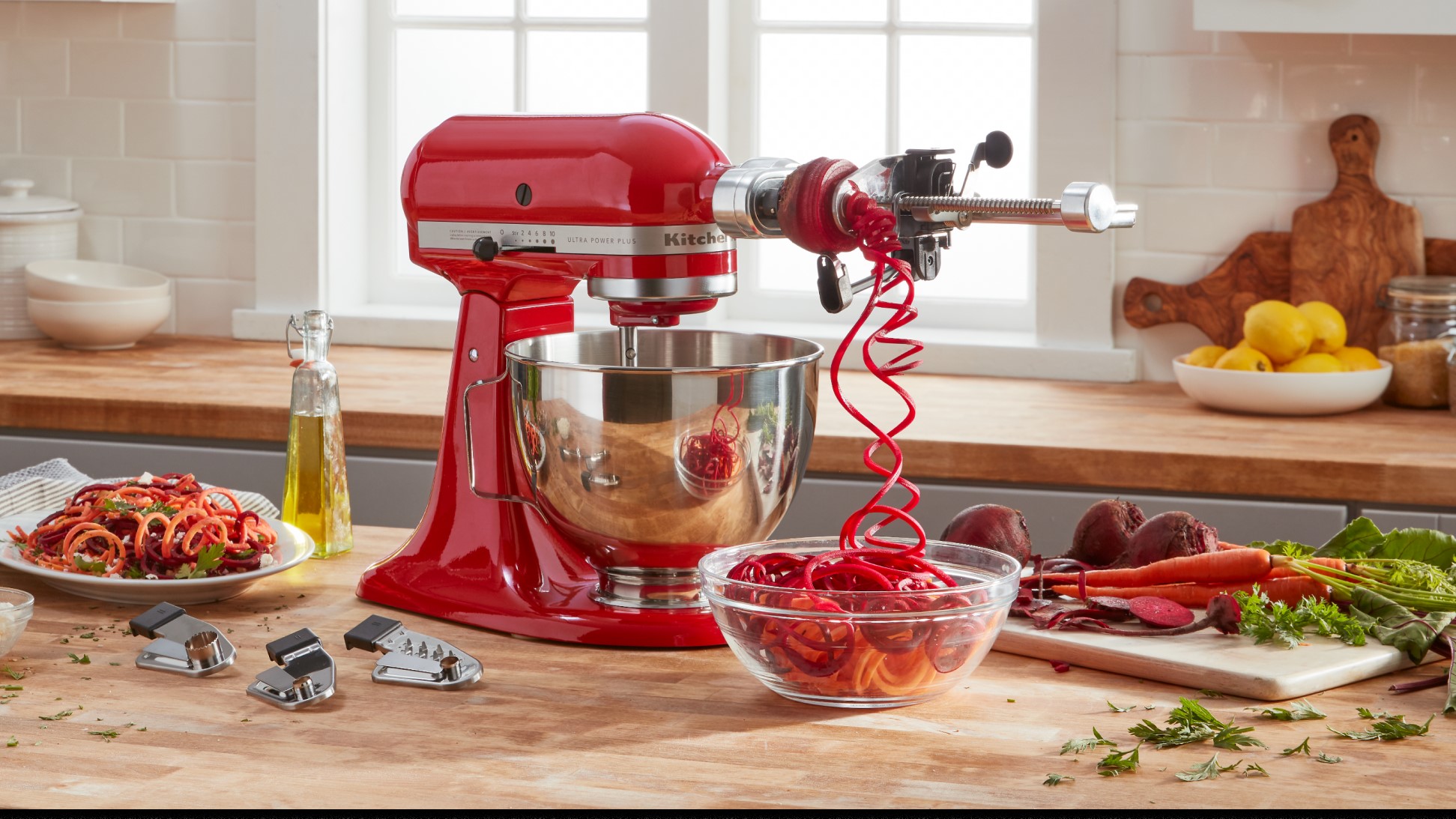

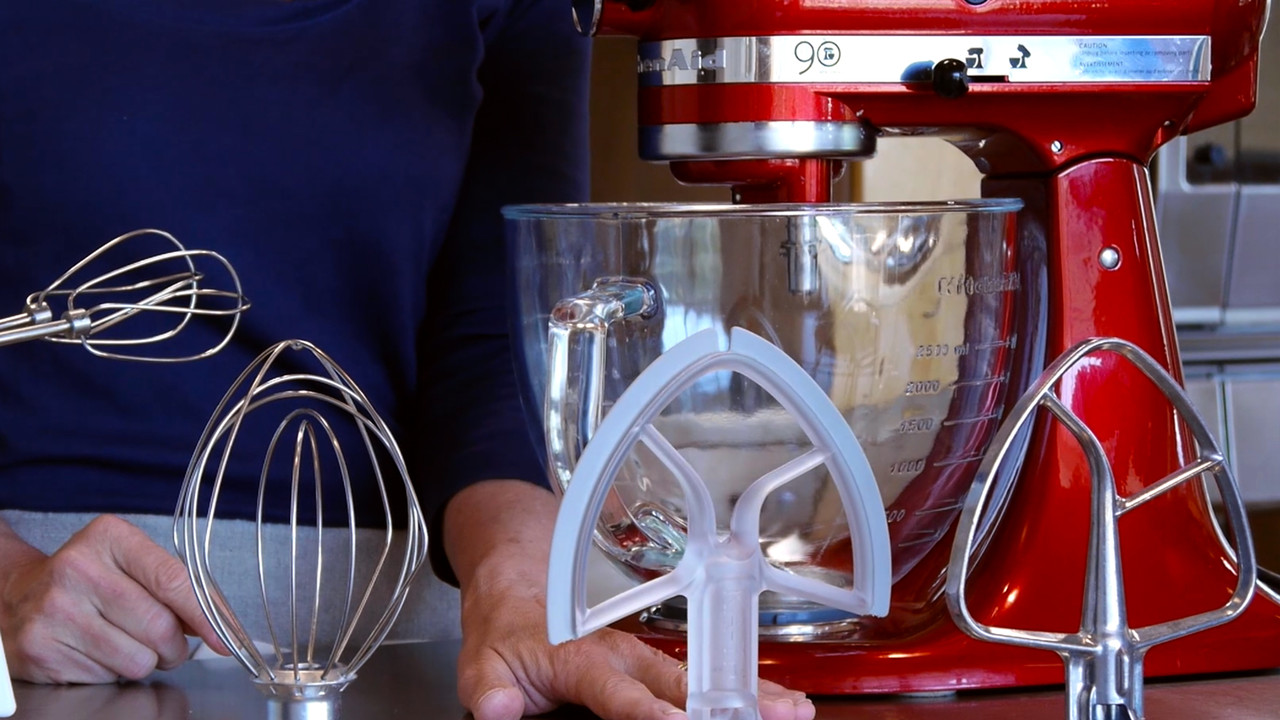
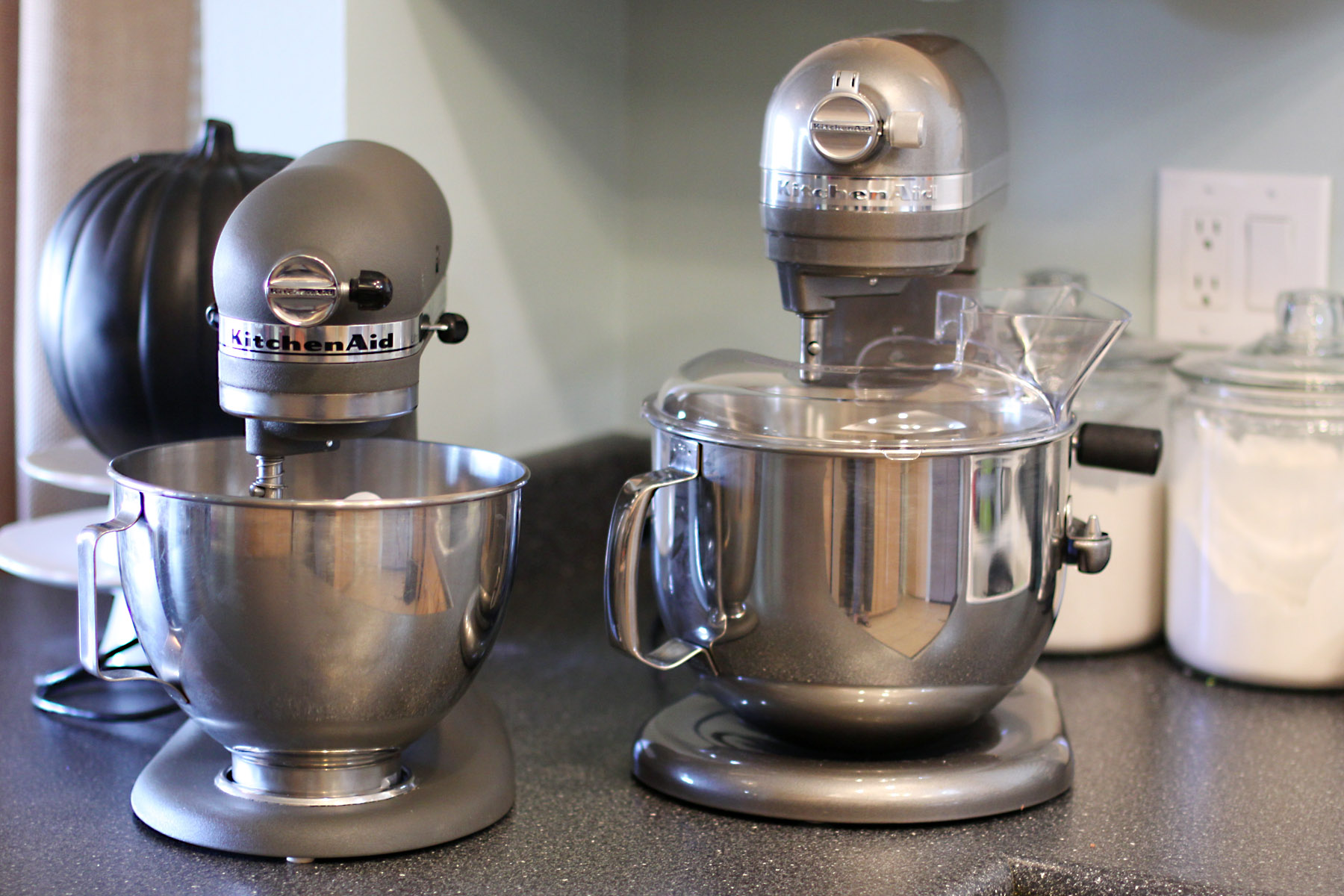
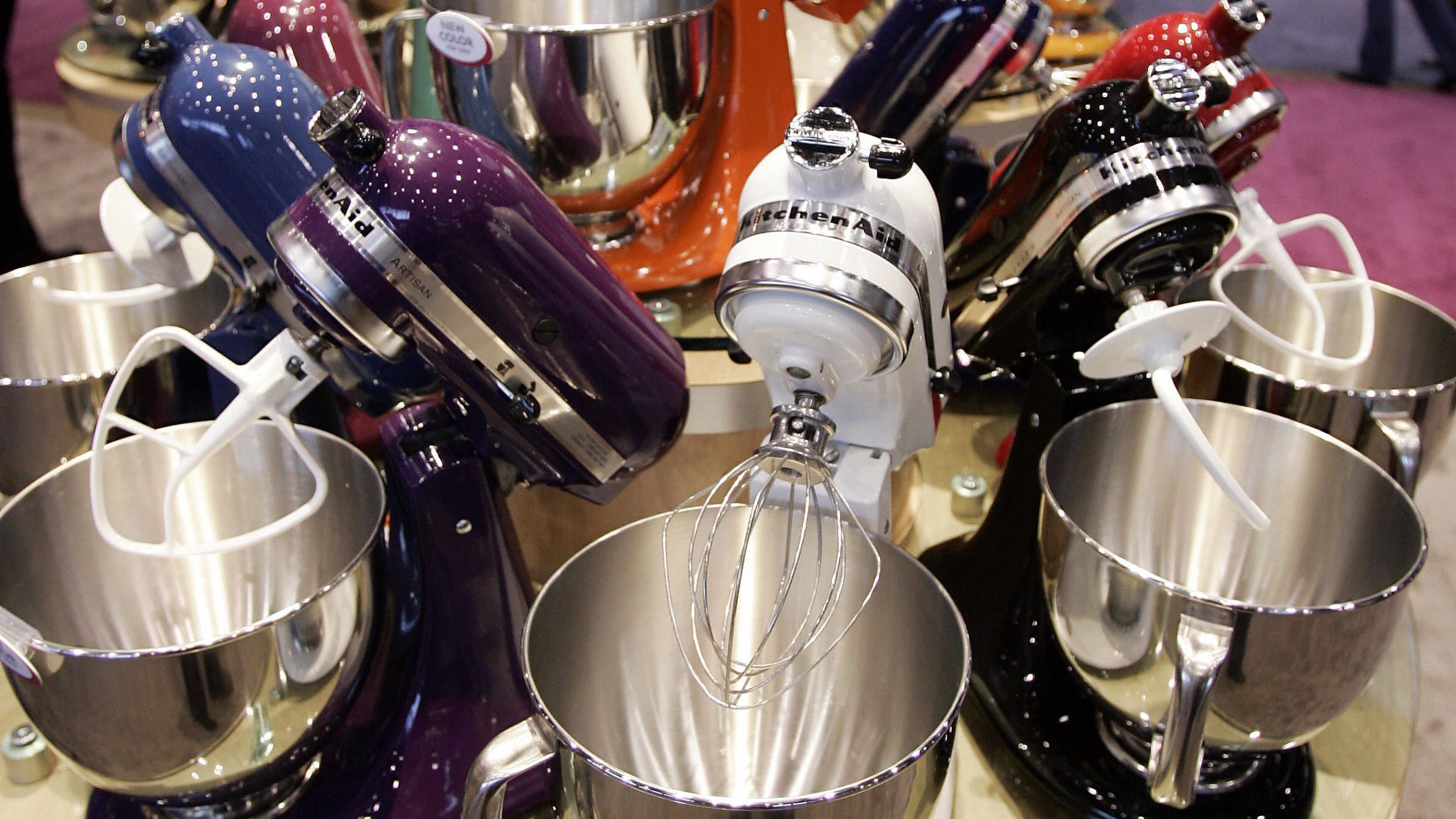
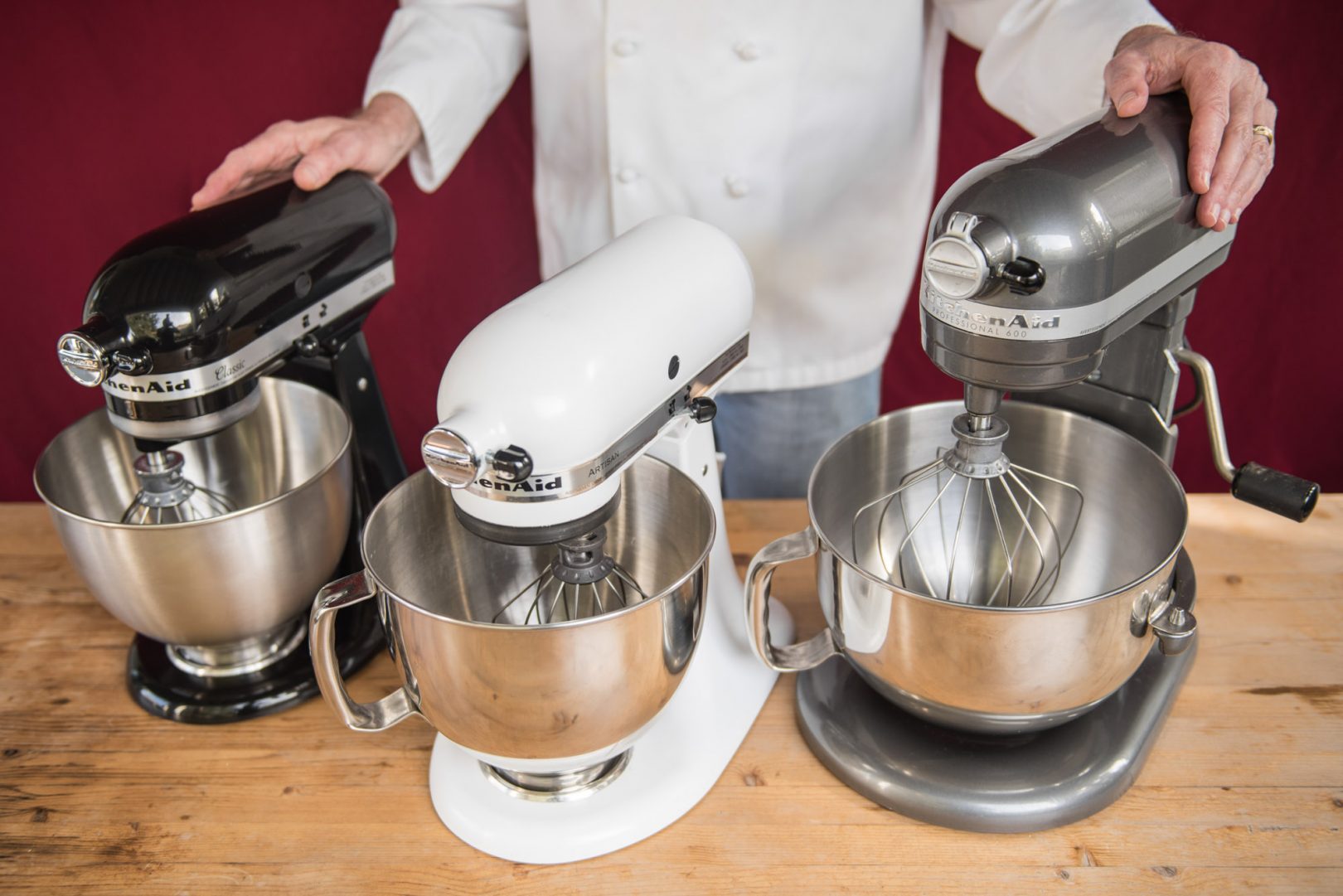
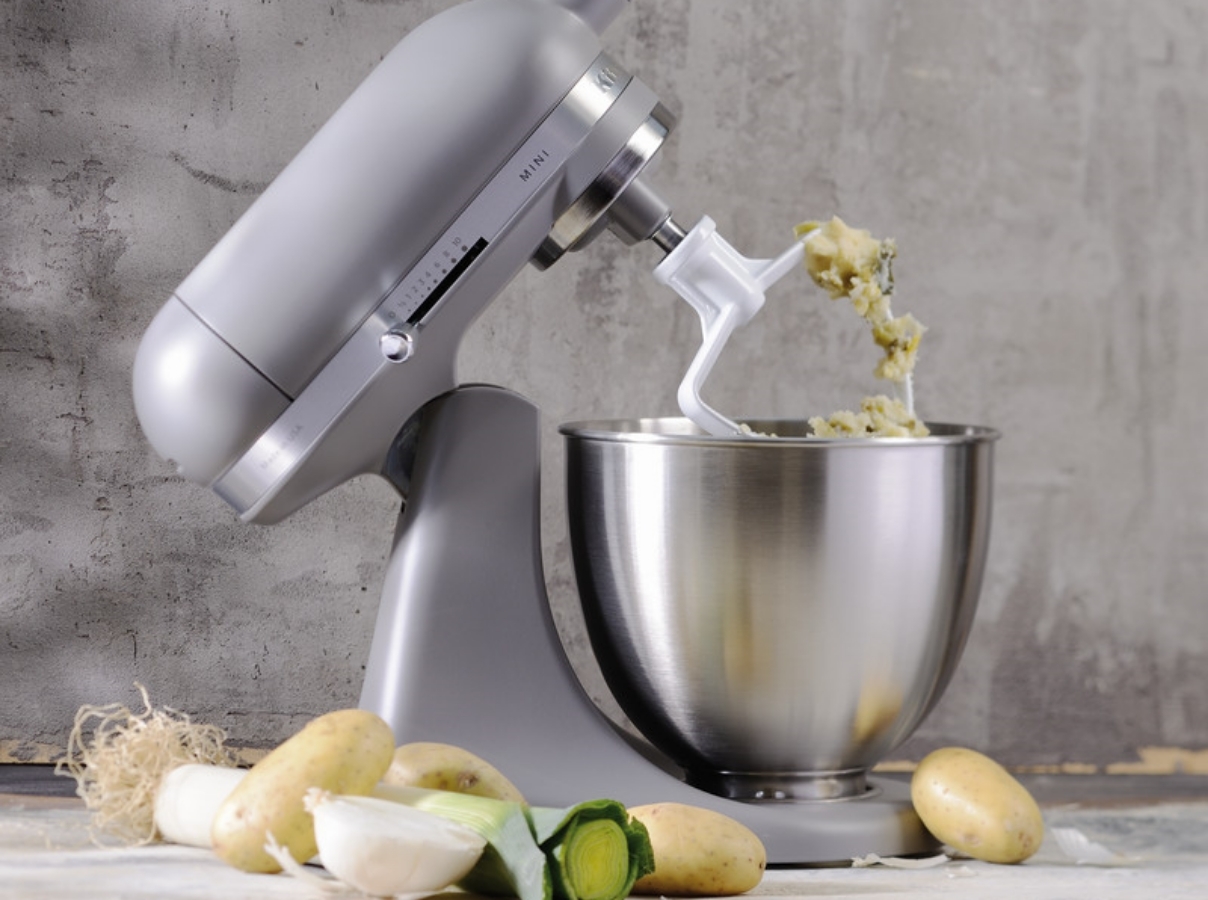
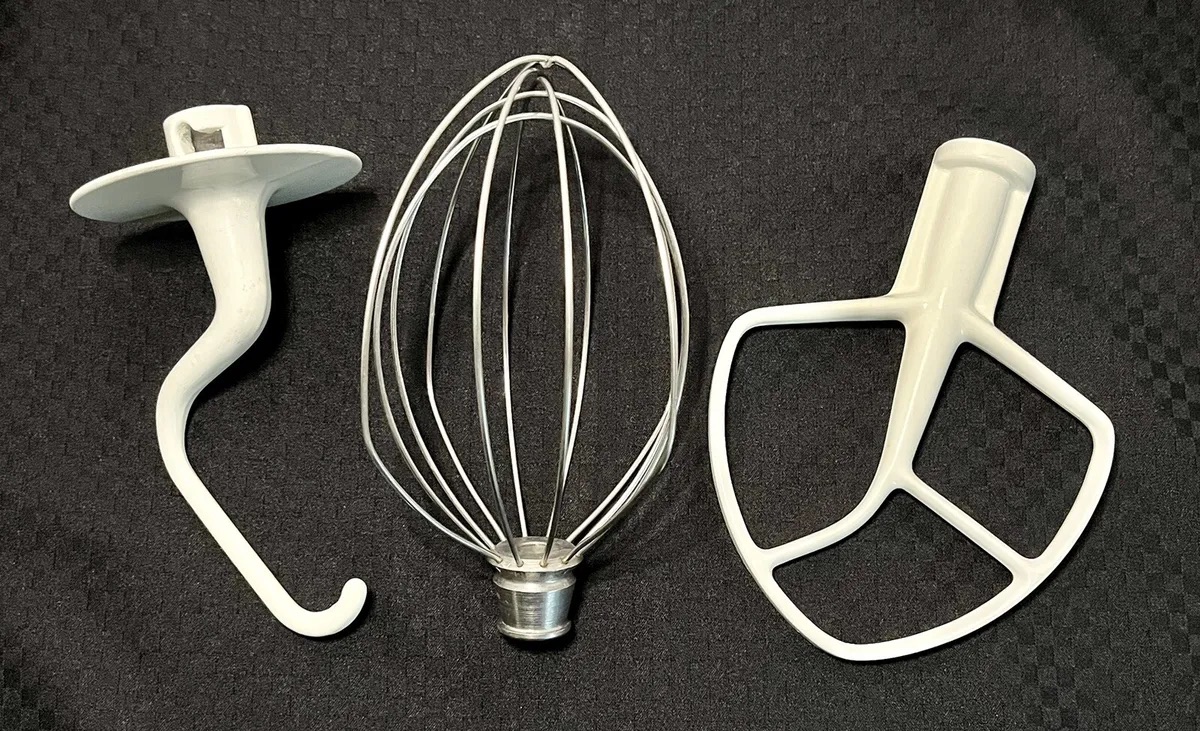

0 thoughts on “What Is A Mixer”